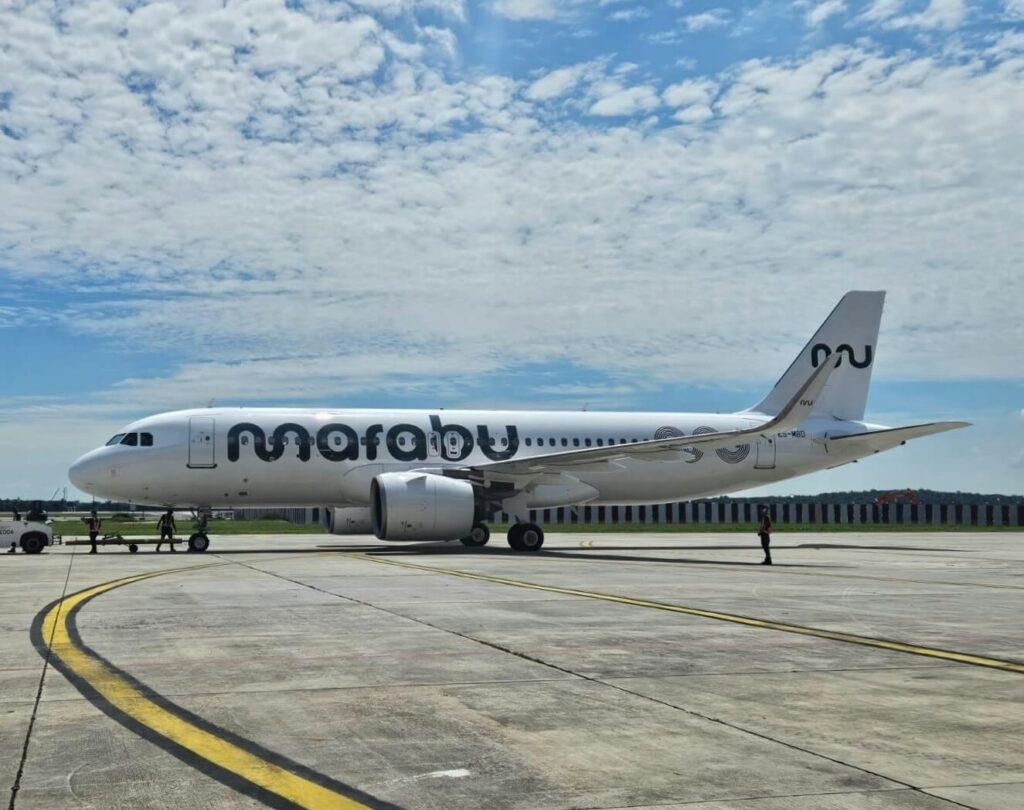
AeroGenie — Votre copilote intelligent.
Tendances
Categories
Rolls-Royce Marks End of an Era in Aviation Innovation

Rolls-Royce Marks End of an Era in Aviation Innovation
After two decades of pioneering advancements in aviation technology, Rolls-Royce has announced the retirement of its iconic Boeing 747-200 Flying Test Bed (FTB) N787RR. Since its introduction in 2005, this uniquely modified aircraft—equipped to operate with five engines—has been instrumental in the development and testing of next-generation propulsion systems, including the Trent 1000 and Pearl 10X engines.
A Legacy of Innovation and Sustainability
The Flying Test Bed has been central to several historic milestones in aviation. Notably, in 2021, it became the first aircraft to fly a Trent 1000 engine powered entirely by 100% sustainable aviation fuel. This achievement played a crucial role in the certification of a durability enhancement package designed to more than double engine time on wing, significantly improving engine longevity and efficiency. The aircraft’s final mission, completed in July 2025, supported the Advanced Low Emissions Combustion System (ALECSys) engine demonstrator, marking a key advancement toward more efficient and environmentally sustainable aviation technologies.
John Knight, Director of Test & Experimental Engineering at Engine Test & Services (ET&S), reflected on the aircraft’s contribution: “With more than 2,000 hours of testing under its belt, the Flying Test Bed has been a workhorse for us over the last 20 years, helping us push the boundaries on engine development. Whilst we say a fond farewell to our Queen of the Skies, we continue to innovate in testing with a combination of flying test beds, ground testing, and advanced digital modelling.”
Strong Performance and Future Outlook
The retirement of the Flying Test Bed coincides with a period of robust financial performance for Rolls-Royce. The company recently reported a 50% increase in profits, driven by strong demand for its jet engines and power generators. This financial momentum has propelled Rolls-Royce’s share price to record highs, following an upward revision of its guidance and underscoring the effectiveness of its ongoing turnaround strategy.
Looking forward, Rolls-Royce remains confident in its position within the narrowbody aircraft engine market. CEO Tufan Erginbilgic has expressed optimism about the company’s competitive standing and highlighted ongoing efforts to advance digital solutions aimed at enhancing aircraft availability and performance. These initiatives reflect Rolls-Royce’s commitment to delivering customer-focused service offerings while maintaining its leadership in engineering excellence.
As Rolls-Royce retires the Flying Test Bed, the company continues to integrate its rich heritage with a forward-looking approach centered on sustainability and digital innovation, ensuring its continued prominence in the evolution of aviation technology.
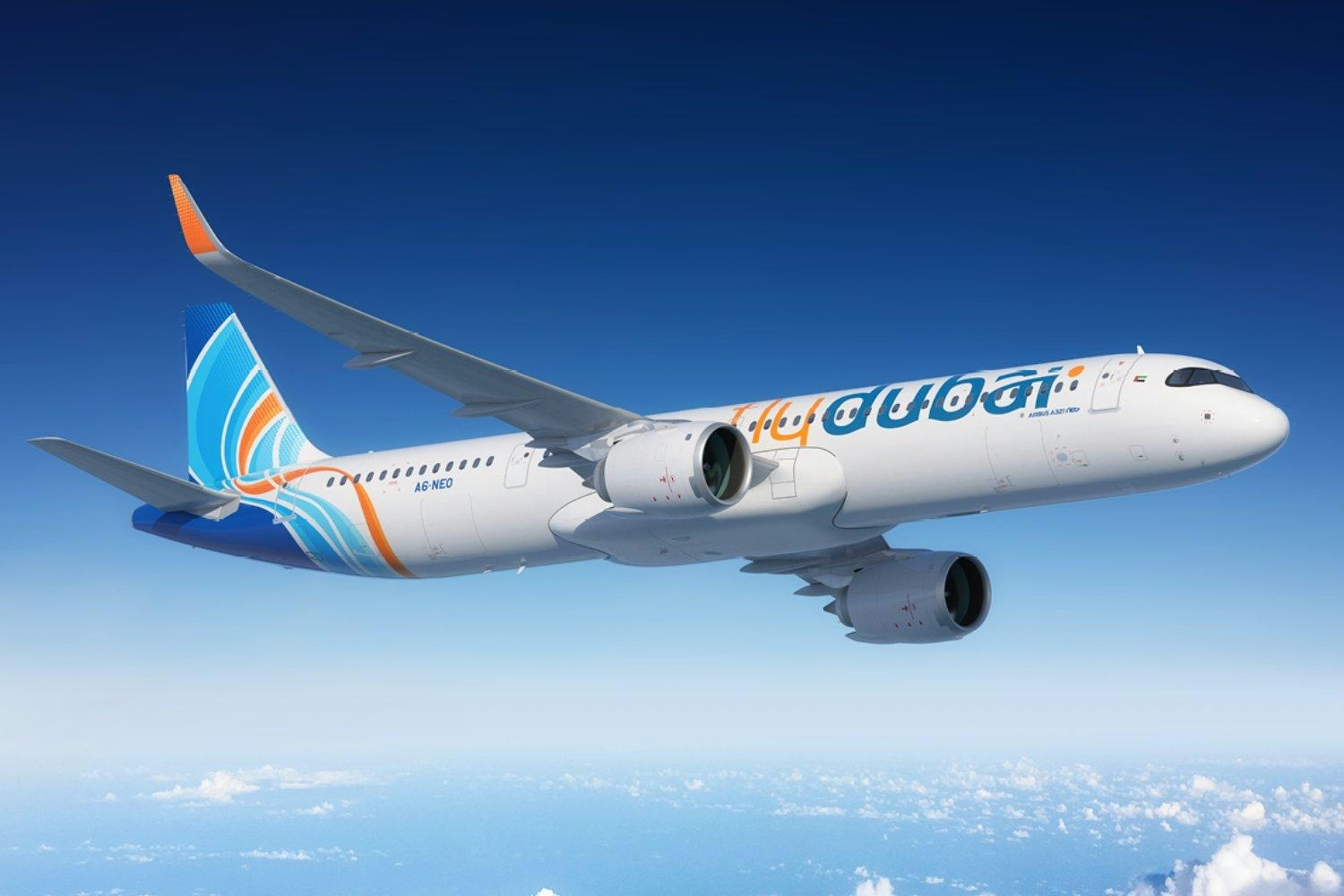
flydubai signs MoU for up to 150 Airbus A321neo aircraft, ending Boeing exclusivity
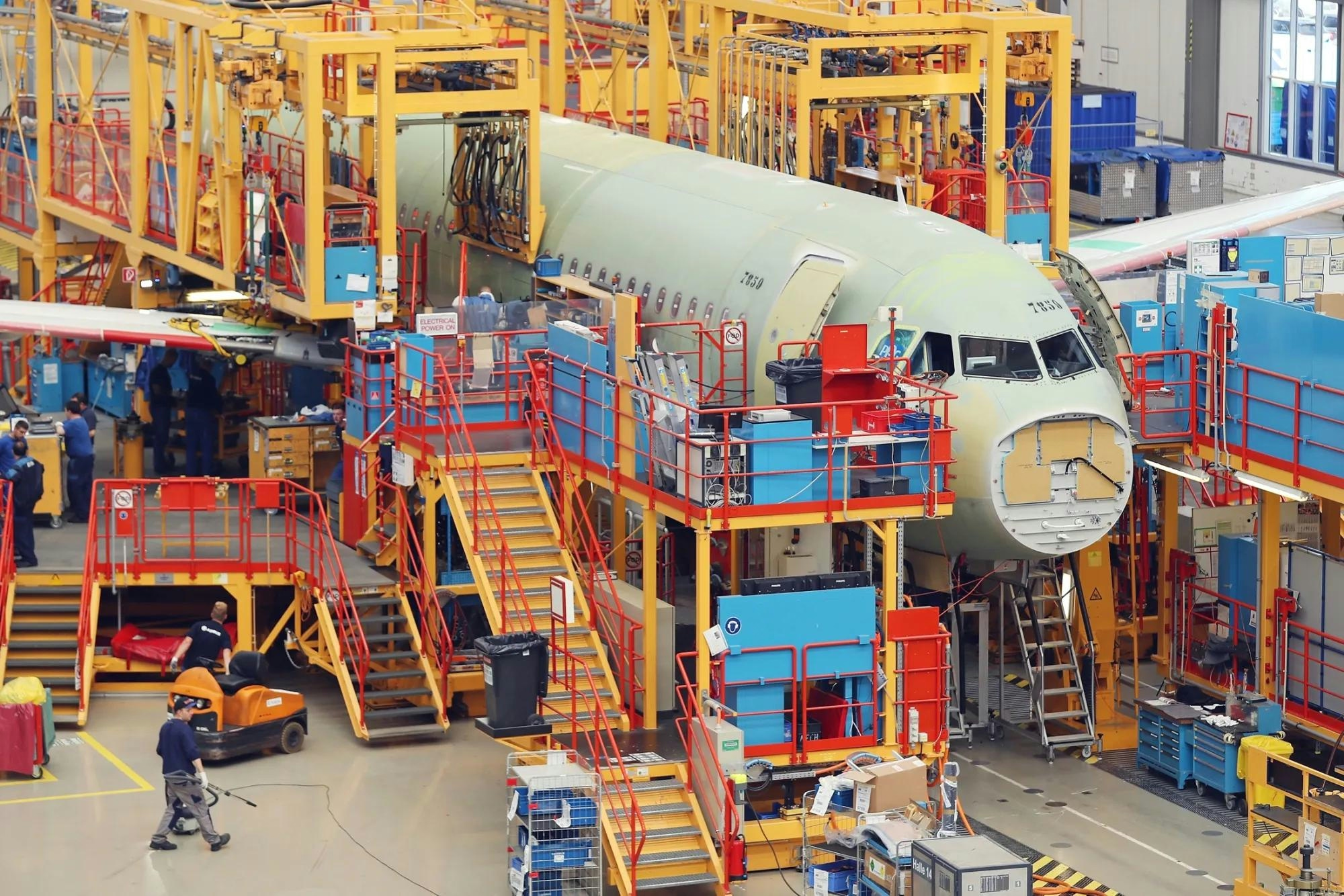
Airbus Secures New Orders from Etihad and flydubai at Dubai Airshow 2025
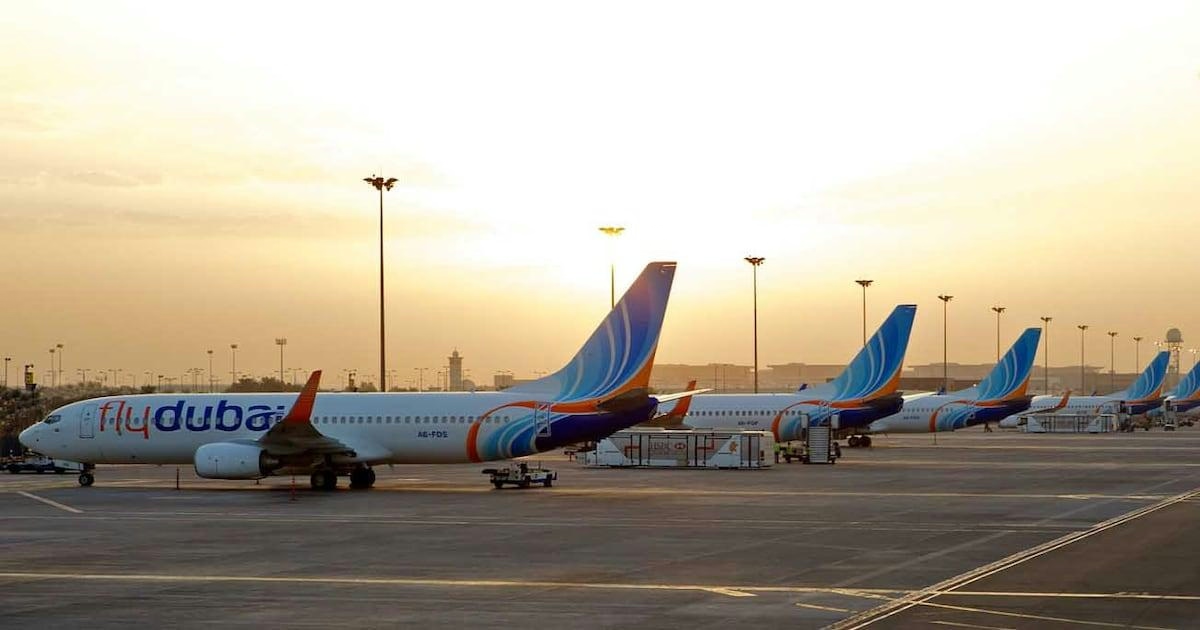
Flydubai Orders 150 Airbus A321neo Jets, Ending Boeing-Only Fleet

AMMROC and Lockheed Martin Sign Letter of Intent to Enhance MRO Cooperation and Regional Support

Emirates kicks off race between Airbus and Boeing for bigger jets
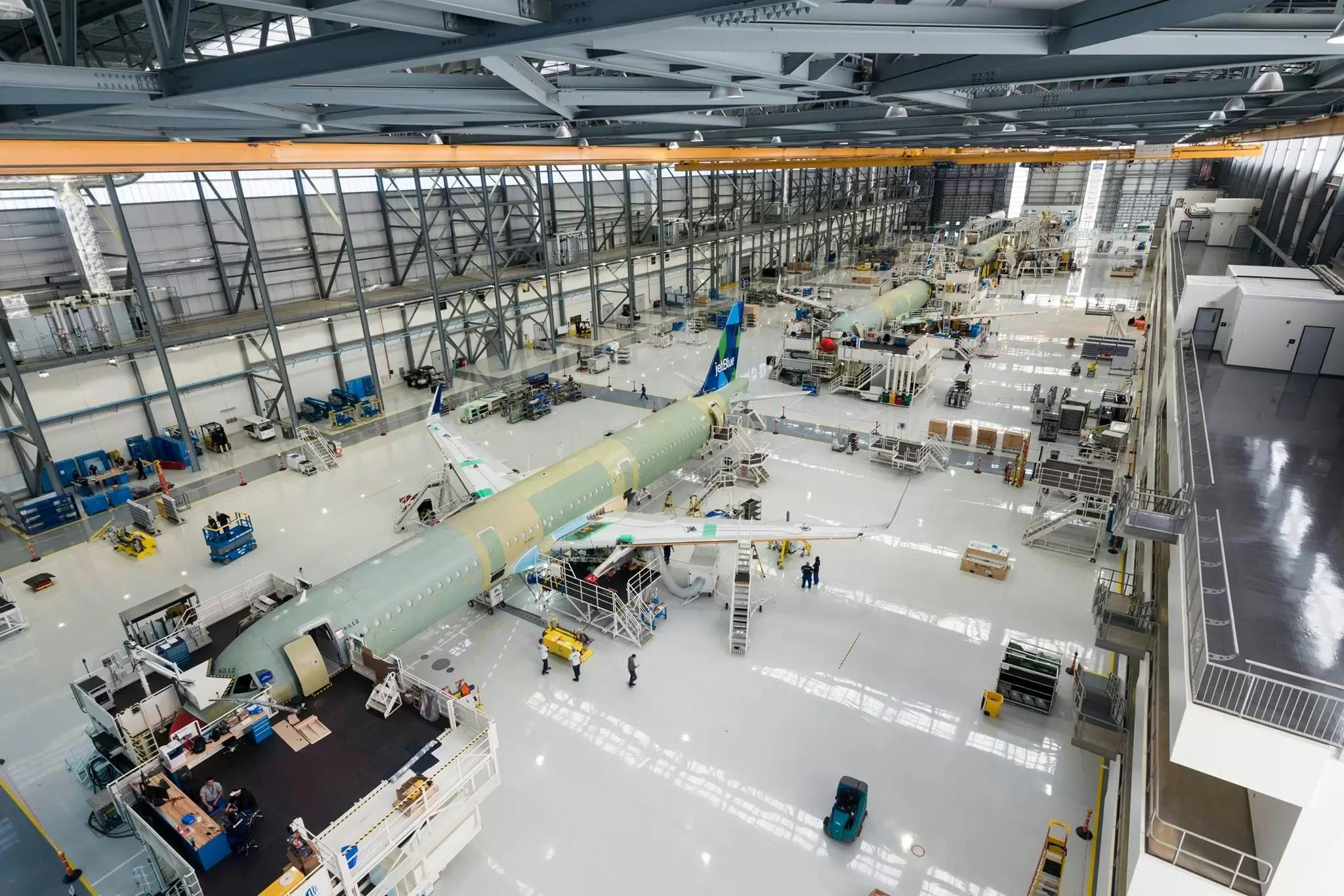
Inside Airbus’s Global Defense and Aviation Technology Hub
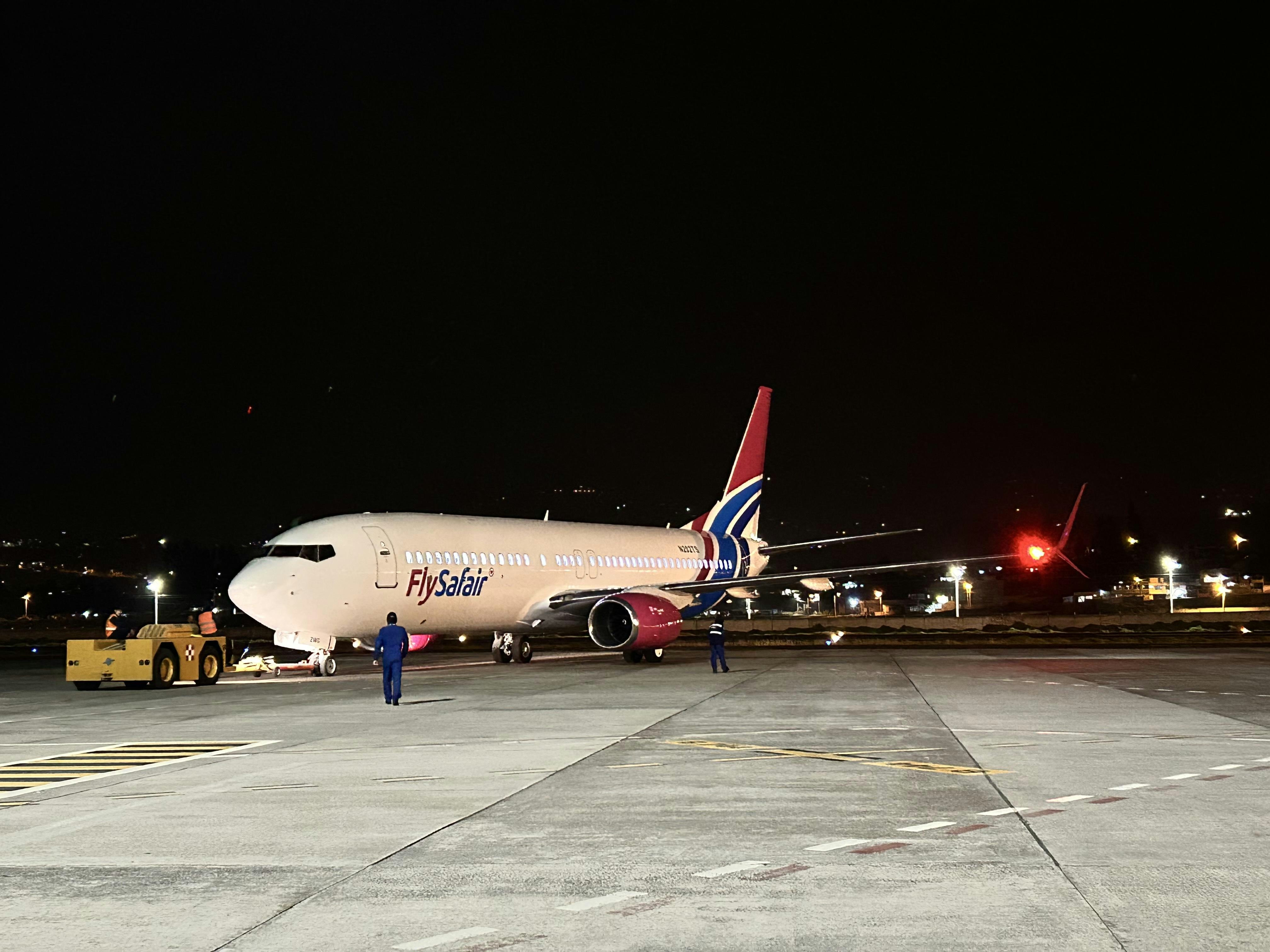
AerCap Leases Boeing 737 MAX and 737NG Aircraft to FlySafair
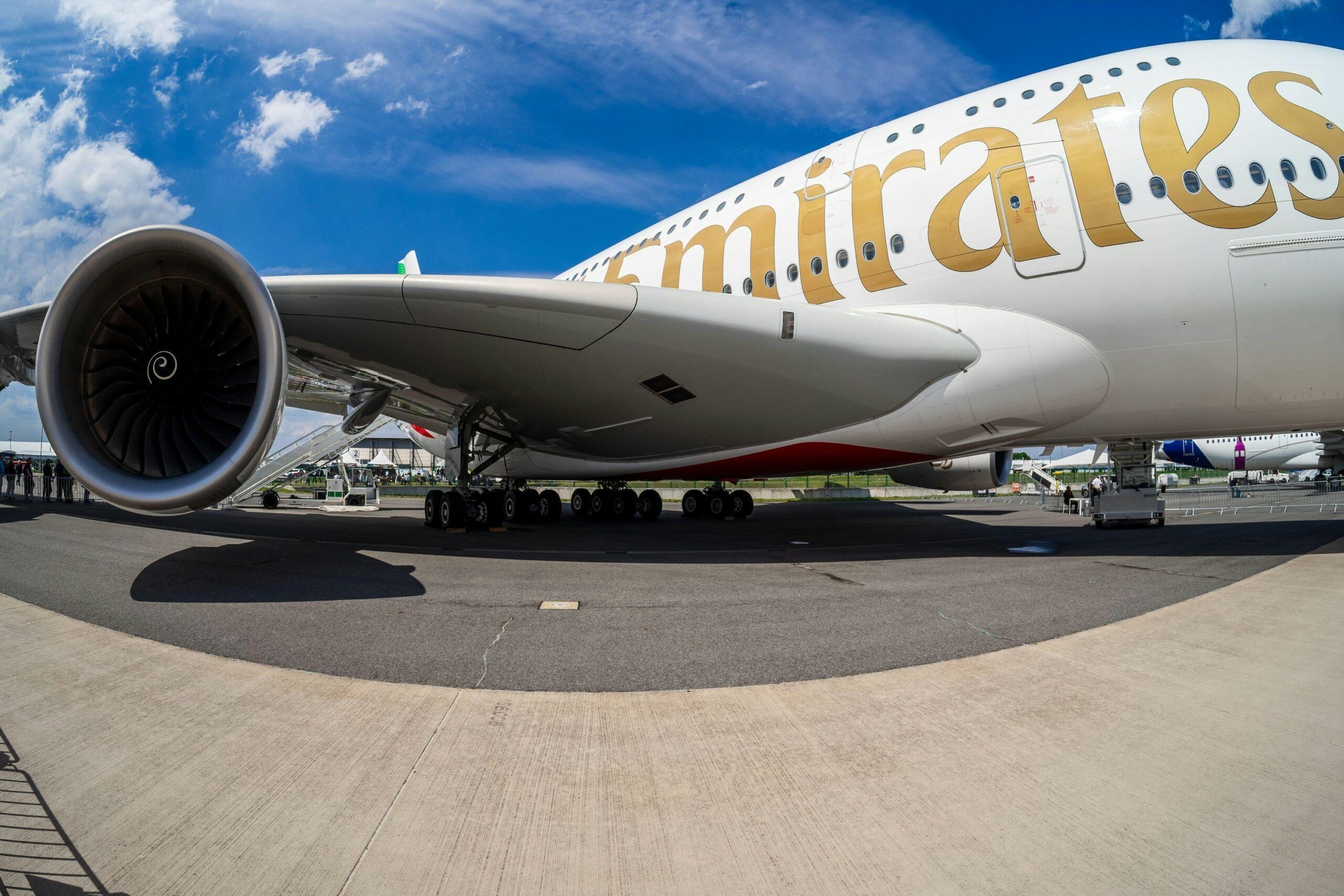
Abu Dhabi's Sanad sees opportunity in global aircraft engine crunch

Collins Aerospace and Emirates Extend A380 Landing Gear Maintenance Agreement
